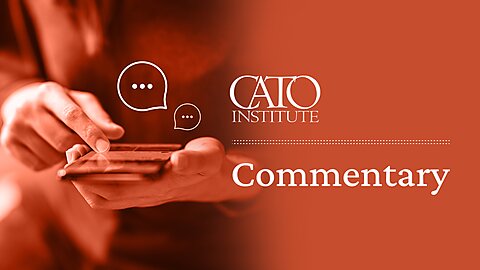Jeffrey A. Singer
ProPublica has released a detailed report about the controversy surrounding the shaken baby syndrome hypothesis. Reporter Pamela Colloff chronicles the travails of Nick Flannery, an IT specialist on paternity leave who called 911 after his baby’s eyes rolled back, his body suddenly stiffened, and he lost consciousness. Paramedics revived the baby and rushed him to the hospital, but Flannery soon found himself caught in the shaken baby syndrome web and could face 12 years in prison.
The hypothesis stems from a 1971 article by British pediatric neurosurgeon Norman Guthkelch, who sought to explain why some babies would present with brain swelling, intracranial bleeding, and hemorrhages behind the retinas without any external signs of trauma (physicians now call this the diagnostic “triad”). He hypothesized that aggressively shaking the baby might be responsible.
By the 1980s, the shaken baby syndrome explanation had gained acceptance among child abuse pediatricians, and medical educators now teach it as orthodoxy to students and residents, even though since the late 1980s, biomechanical researchers have been unable to elucidate a biomechanical basis for the hypothesis. One such study concluded: “Severe head injuries commonly diagnosed as shaking injuries require impact to occur and that shaking alone in an otherwise normal baby is unlikely to cause the shaken baby syndrome.”
In recent years, pediatric radiologists, forensic pathologists, and other medical and forensic scientists have discovered medical explanations for the diagnostic triad that don’t involve shaking. Over the years, 35 people who had been convicted of child abuse based on the hypothesis have been subsequently exonerated and released from prison. According to the ProPublica report, three exonerations occurred this year alone in California, Kentucky, and Minnesota. In Texas, Robert Roberson might be the first person executed for shaken baby syndrome. His lawyer and even the Texas House Committee on Criminal Jurisprudence have sought to prevent his execution based on new information they’ve acquired since Roberson was convicted in 2003 suggesting a plausible nontrauma explanation for his daughter’s death, along with scientific research since 2003 casting more doubt on the validity of the shaken baby syndrome hypothesis.
Colloff notes that, since 2009, the American Academy of Pediatrics has endorsed changing the name of the shaken baby syndrome to “abusive head trauma.” According to Colloff:
The name change came amid controversy over whether shaken baby syndrome’s signature symptoms — brain swelling and bleeding around the brain and from the retina — were always evidence of abuse. Once believed to be proof of shaking, the symptoms had by then been shown to have other causes, including accidental falls, illness, infection and congenital disorders. The courts took notice, and in 2008, a Wisconsin appeals court held that “a shift in mainstream medical opinion” raised questions about the diagnosis’s core assumptions.
However, Colloff quotes Arizona trial attorney Randy Papetti, an expert on the matter, as stating:
“The rebranding of shaken baby syndrome preserved the diagnosis and allowed it to live with less scrutiny. Shaken baby syndrome is alive and well but mostly operates under an alias.”
On October 2, 2024, I moderated a Cato Institute online event titled “Shaken Baby Syndrome: Examining the Evidence in the Shadow of an Execution.” The event featured Julie Mack, MD, pediatric radiologist and Penn State Medical School professor; Patrick E. Lantz, professor of pathology and forensic pathology at Wake Forest University School of Medicine; and Keith A. Findley, professor emeritus of law at the University of Wisconsin-Madison Law School and director of the Center for Integrity in Forensic Sciences.

